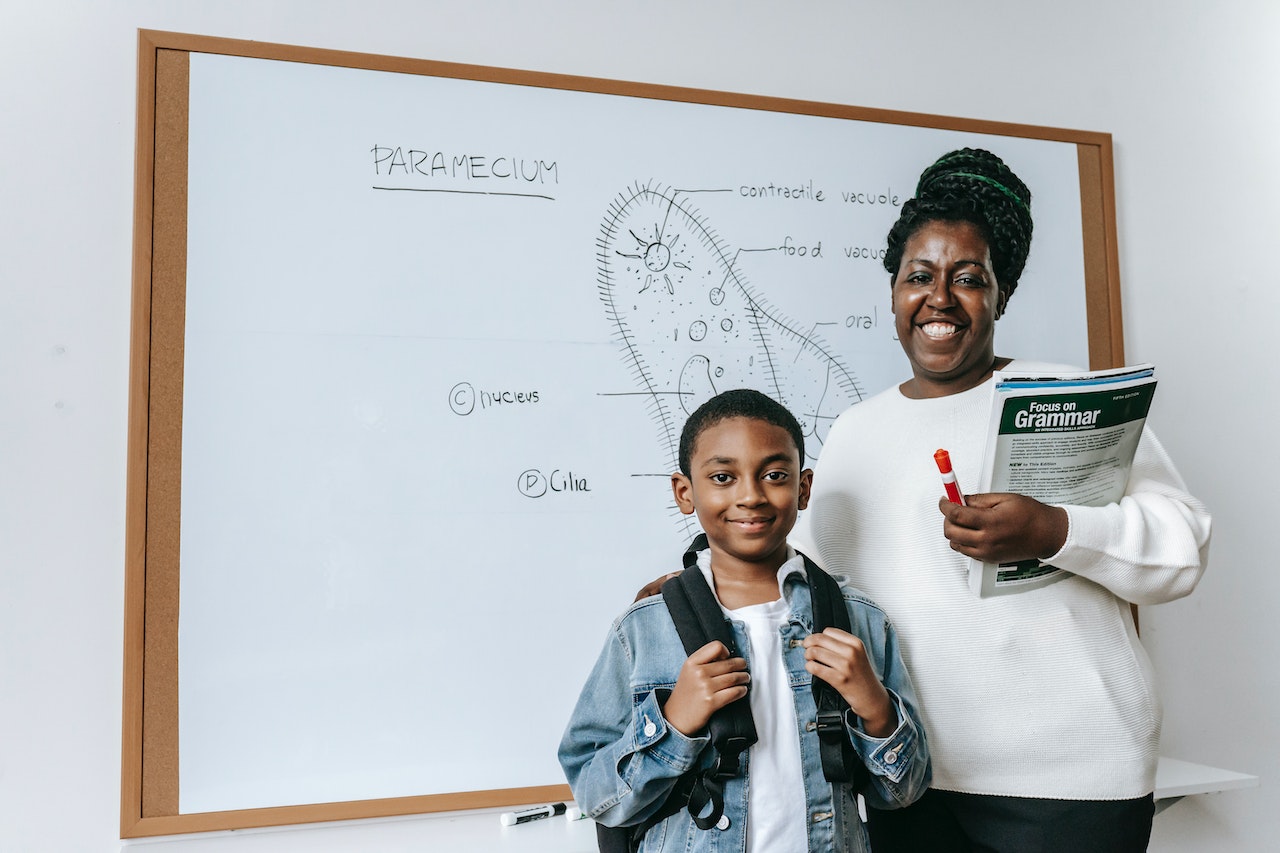Technology has become an integral part of society, and it is no different in the educational landscape. From textbooks to calculators to learning management systems, technology is being used more and more in classrooms around the world. Technology has enabled a shift from traditional education methods to innovative new approaches that have had a positive impact on student life and learning outcomes. In this article, we will explore the role of technology in improving student life and learning outcomes.

Technology has enabled the development of sophisticated software and IT solutions that are designed to make learning easier and more engaging. With the help of these tools, students can access educational materials more easily, collaborate on projects in real-time, and get personalized feedback on their work. For example, interactive whiteboards provide a visual platform for teaching and learning that allows teachers to engage with the material in an engaging way. By solving issues in higher education such as lack of access to resources and low engagement, software and IT solutions have improved learning efficiency. It has also enabled a seamless transition to online learning during the pandemic.
Technology also helps encourage student engagement in the classroom. Interactive whiteboards, online discussion boards, and other digital tools allow students to contribute meaningful content and collaborate with their peers in an engaging way that is often not possible with traditional teaching styles. This increased engagement can lead to higher levels of comprehension, improved problem-solving skills, and overall better performance in class.
Technology also helps to increase access to educational materials and tools that may be out of reach for students with limited resources. Through online courses, open-access databases, and free software programs, students are now able to take advantage of a wide range of learning opportunities that may previously have been inaccessible or unaffordable. This increased accessibility can lead to improved academic results, increased job opportunities, and better overall life outcomes.
Technology can also help students stay organized. Digital calendars, task management apps, and productivity tools allow students to keep track of assignments, exams, and other important dates in a way that is much more efficient than traditional methods. This increased organization can reduce stress levels and help ensure that students remain on top of their work. Also, with the help of digital tools, such as cloud storage and document scanners, students can easily store and access all their educational materials from anywhere at any time.
Technology has revolutionized the way students communicate with their teachers and peers. From online discussion boards to video conferencing tools, digital communication tools enable students to connect in ways that were not possible before. This improved communication helps foster a sense of community and collaboration, which can lead to improved learning outcomes. It can also help students to develop their social skills and gain a better understanding of the world around them.
Technology also makes collaborative learning easier. With the help of tools such as online collaboration platforms, students can work together on projects and assignments in real time from anywhere in the world. This enhanced collaboration can lead to improved problem-solving skills, increased creativity, and better academic results. There is also evidence to suggest that students who engage in collaborative learning are more likely to take ownership of their learning and develop a deeper understanding of the material
Finally, technology can make learning more interesting and engaging. Through the use of virtual reality, simulations, and game-based learning, teachers can create a more immersive learning environment that allows students to explore concepts beyond what is possible in the physical classroom. This type of interactive education can help to increase motivation levels and engagement in the classroom. It can also help students to develop critical thinking and problem-solving skills that will be valuable for the rest of their lives.
Technology has had a tremendous impact on the education industry, from increasing access to educational materials and tools to improving engagement levels in the classroom. Technology can also help students stay organized and collaborate more effectively. Finally, technology can make learning more interesting and engaging through the use of virtual reality, simulations, and game-based learning. Overall, technology has helped to revolutionize the way students learn and is having an incredibly positive effect on student life and learning outcomes.
Yes, it is possible to learn without technology. Many people have mastered different skills and acquired knowledge without the aid of modern technologies. There are numerous methods for learning that do not involve technology, such as independent study and books. However, in today’s world, there is no denying the fact that technology has become an integral part of education, from providing access to educational materials to improving engagement levels in the classroom. Therefore, while it is possible to learn without technology, it may be more beneficial and efficient to incorporate some form of technology into one's learning process.
Students without access to technology can still learn and acquire knowledge, but they may have greater difficulty accessing resources or keeping up with the pace of their peers. Therefore, educational institutions need to prioritize providing equal access to not just digital devices but also the necessary infrastructure and support services such as Wi-Fi connection, technical assistance, and training programs. This way, students without access to technology will be able to gain the same educational opportunities as their peers. Additionally, other tools can help students without access to technology stay connected with classmates and instructors such as audio conferencing systems or online discussion boards.

As we saw, when technology is used appropriately, it can have a multitude of benefits for students. From improved access to educational materials and tools to enhanced organization and collaboration, technology has the potential to revolutionize the way students learn and has had an incredibly positive effect on student life and learning outcomes. With this in mind, educators must continue to integrate technology into their strategies as they strive to provide their students with the best possible education. Good luck!





